You've probably heard about Tesla's announcement of a new division, Tesla Energy and the POWERWALL, a sleek and stylish battery for the home. Not a big deal, right?
Wrong.
This battery, along with electric autos, recharging stations, solar cell modules, residential and commercial solar installations and financing are all part of a carefully orchestrated plan launched years ago by Elon Musk and his colleagues to dramatically accelerate the transition to clean renewable energy.
To understand the plan, you have to look at Tesla and SolarCity as part of a unified strategy
To solve for sustainable energy, the key questions Musk would need to ask are:
1. Where is the opportunity to make the quickest and biggest impact?
2. How does one attract investment in renewable energy to create the technologies, infrastructure, markets, and ecosystems required?
3. What critical parts of the overall value chain are inhibiting opportunities for economic profit?
4. How does one create the sustainable competitive advantage required to provide a source of cash flow needed to fund further investments?
Although some see SolarCity as primarily a solar residential installation company and Tesla as primarily a car company, the reality is that Musk’s companies have operations across much of the energy value chain. This distribution of investments and activities is not random. Musk’s focus has been on elements of the value chain that tend to have the biggest impact on sustainability and present the greatest economic impediment to creating a superior cost alternative to the fossil fuel value chain. It’s also not a coincidence that these components of the value chain also present the largest opportunity for sustained competitive advantage and profits.
What's the biggest obstacle to renewable energy? Distribution.
For energy to be utilized cost effectively, it has to be distributed to energy consumers in a form they can use. Unfortunately, over 70% of energy in the US is distributed via liquid, gas, and solid fossil fuels, not electricity. If we wanted to reduce fossil fuel consumption by half, we would have to more than double electrical distribution capacity, which would require truly massive capital investment given that utilities spent nearly $100 Billion on transmission over the last 10 years in the US alone.
What solves the distribution problem? Batteries
In addition to making electric cars a successful business, the growth of Tesla’s capabilities with respect to electrical storage stands to benefit the development of a distributed energy production model. For example, Walmart already has Tesla batteries installed at 11 locations in California. Once Tesla’s Gigafactory is complete, Musk will be able to use high volume battery production to both accelerate penetration of the automotive market with the mid-market Tesla Model III and help extend SolarCity’s market share leadership by enabling commercial and residential customers to become energy self-sufficient with energy modules containing both solar cells and batteries.
Batteries and distribution are just one part of a complicated energy picture. I've put together an extensively researched whitepaper that details Elon Musk's motivations and strategy to accelerate the transition to clean renewable energy.
In this whitepaper, you'll see how Musk's strategy follows these 6 key principles:
- Start with the big picture view
- Start in a niche small enough to dominate
- Execute like crazy
- Only move into mainstream market segments when you can create real competitive differentiation
- Prioritize investments in the elements of the value chain that “aren’t good enough”
- Integrate across boundaries within the value chain to create economies of scope
Read the whitepaper, comment on this post or reach out to me directly. I'd love to hear what you think.



